Heres is how to get rid of water in minecraft FAST! Having large areas of water that you have to remove in minecraft can be extremely time consuming and annoying. Especially if you are doing underwater builds.
When creating underwater constructions or constructs with water as a component, the most typical issue is that it gets logged in undesirable locations. This article explains how to get rid of water in Minecraft.
Minecraft: Remove Water Source Blocks
Water comes from “source blocks” in Minecraft. You might be able to detect them if your water body is basic or tiny. Create a bucket by arranging three iron ingots in a “v” form in the crafting menu, then search the water for a source block. If you’re dealing with a waterfall, this is simple because the water flows from the top, but in other circumstances, you’ll have to look at the currents and figure out where they’re coming from.
Use the bucket on a water-containing block that you suspect is close to the source block. The water body dries up if it’s the source since nothing refills it. If it isn’t, the source is refilled by the block you removed.
Make a mental note of the direction it fills from and keep going until you identify the source.
You can also stop the water from flowing by placing a block over the source, but if you utilise the bucket, you may move the water or use it for anything you like.
How to get rid of water in minecraft with fire
If you can’t discover the source, you’ll have to remove the water in a more difficult approach. The two approaches are simply strategies to speed up the process, with the “fire” option being the most expedient. Fill the area where you wish to get rid of the water with combustible materials like leaves, wool, or wood. Check for combustible items along the perimeter of the area you wish to clean.
When the space is entirely full, ignite the combustible stuff using a flint and steel. The substance is removed, leaving no sign of the original water.
Remove water in Minecraft with Sponges
You can use a sponge to clean water in Minecraft if you have any sponges (search for them in Ocean Monuments or beat an Elder Guardian). Construct walls to divide the body of water into smaller pieces. Place a sponge in the centre of each piece or on the wall to remove water, however the wall is less effective.
A sponge is a block that only appears in maritime monuments’ sponge chambers. A sponge can absorb water within a seven-block radius of itself and turn into a wet sponge quickly. A wet sponge may be converted to a dry sponge by melting it in a furnace.
The sponge can be used to remove water from Ocean Monument by those who are unsure how to do it.
A sponge block may only be obtained by defeating an Elder Guardian in the sponge chambers of ocean monuments.
Divide the water into small portions by erecting barriers between them, then placing a sponge in the centre of each area. You may also hang it on the wall, however the water-removal efficiency will be reduced.
A sponge can absorb water and change into a wet sponge within a 7-block radius around itself. A damp one may be dried by smelting it in a furnace.
Sponge survival mode will be restored in the next 1.8 update, giving players another way to remove water. Wet sponges may be found in Ocean Monuments or by defeating the Elder Guardian, and can then be dried in a furnace to produce dry sponge. A dry sponge will absorb water and revert to a wet sponge, which may then be dried and reused endlessly.
To test the sponge’s usage, I developed a new closed off region, this time significantly deeper, to compare the sponge’s performance to the other approaches mentioned before. The first thing you’ll notice about the new sponges is that once they’re in place, the wet area will rapidly refill if there are enough water source blocks nearby.
I discovered that the only way to get the sponges to operate was to divide the area into portions and use a sponge in each segment.
The difficulty is that you’d have to do this for each level, which would take a long time. It is clear that sponges are ineffective in removing significant amounts of water. They are, nevertheless, useful for draining tiny ponds or draining a small space. For bigger or deeper areas, I would still recommend utilising the Gravity Method or the Fire Method, as they are faster and easier than using sponges.
Sponges are the most effective way to remove water.
Sponges are blocks that can only be found inside Ocean Monuments, making them extremely expensive.
Sponges may be found in Ocean Monuments in Sponge Rooms, which are normally devoid of water and have Wet Sponges lining the ceiling and walls. They may be mined with any instrument, but the quickest way to shatter them is using a normal Hoe.
A Wet Sponge can no longer be utilised to gather Water. Consider a Wet Sponge to be a full-fledged Sponge.
You must dry the sponge in order to obtain a Dry Sponge.
To dry a wet sponge, place it in a furnace with a combustible material, as if you were attempting to cook it. This will return a Dry Sponge to you.
When a Dry Sponge is re-immersed in water, it will absorb anywhere from 3 to 5 blocks of water. It will then revert to a Wet Sponge.
You can wipe away much greater regions in much less time and without wasting tools this way.
It’s important to remember that entering an Ocean Monument might be perilous. So, if you do happen to come across one, remember to be well prepared.
Minecraft is a game in which you put a lot of work into building your own house and universe. However, something like a swamp where you want to develop a specific base might occasionally come in the way.
If I had about 20 sponges, that could have worked, but one at a time was simply too slow. But it’s a good suggestion; I entirely forgot about sponges:).
Using a Bucket
Begin by making a bucket for yourself. This necessitates the use of three iron ingots (each requiring nine iron nuggets). Open your crafting table once you’ve gathered all of the essential ingredients and arrange them as shown in the image below.
When you place an empty bucket in a body of water, the remaining water rushes in to fill the gap. You can observe the way the water flows, which might help you figure out where the source block is.
When you believe you’ve gotten near, right-click on a few different water squares. If you can locate the source of the water, it will begin to drain. Large bodies of water like lakes, on the other hand, frequently have several origins.
As a result, it’s possible that this process will need to be done numerous times.
Three iron ingots may be fashioned into a bucket by arranging them in a V configuration on a crafting table. Players must identify the water source and right-click on it while holding the bucket in their hand to extract water with an empty bucket.
Players may make a bucket by forming a V with three iron ingots on their crafting table. To get rid of water with an empty bucket in Minecraft, locate the water source and right-click on it while holding the bucket in your hand.
Using Sand
If you need to get rid of a large pool of water, the procedures listed above may take a long time. Collect as much sand as you possibly can instead. Next, stand alongside the water and drop sand blocks all the way to the bottom of the column until it’s completely filled.
Step onto the column after that and repeat the process for each water tile. Sure, it’s sluggish, but it’s a lot faster than manually searching for the source block every time. You can use gravel instead of sand if sand is scarce in your location.
How Does Water Work in Minecraft?
If you’ve ever discovered a waterfall in Minecraft, you’ll notice that it always emerges from a single hole in the wall.
At least one source block is always present when moving water is present. A source block is a horizontally positioned block of Water (or Lava) on a surface. This source block looks to be still water, and water can flow from it.
To remove a waterfall, you must first obstruct or delete the source block, after which the waterfall will be completely eliminated.
This is a little more challenging in the case of lakes, rivers, and other major bodies of water. These bodies of water are built up of source blocks that flow inexorably into one another, resulting in a limitless water supply.
This implies that if you remove a single block of Water using a Bucket, the Water will merely flow right back in place. This is when getting rid of Water becomes challenging, and I’m here to assist you.
How to Get Rid of Water From a Single Source Block
When a single source block of Water is located in a hole in the dirt, it is usually not an issue. A Bucket can simply pick them up or cover them with another block to eliminate them.
When a single source block is located within a cave or a wall, the problem arises. Flowing water is a common concern in caves, making it impossible to escape or access certain areas.
Not to add that Water can flow indefinitely as long as it has the area to do so.
If you don’t have a Bucket and it’s early in the game, getting rid of a single source block of Water is simple. You may either place a block exactly on top of the source block to totally eliminate it, or you can position a block in front of it to entirely eliminate it.
Water may be useful at times, therefore getting rid of it totally could be detrimental in the long run. Remember that waterfalls, like the Vines you can grow in Minecraft, may be utilised as a cheap alternative to going in and out of caverns if you don’t have Ladders or Scaffolding.
In some circumstances, running water might deter Creepers and Zombies from pursuing you in a cave.
Rather than completely removing the source block, I’d recommend building a Bucket and collecting the Water that way. As a result, the Water will not get in your way, but you may still use it to fight Mobs, Lava, or to explore deeper caverns.
Larger bodies may conceal a wide range of items. From sunken ships in ocean biomes to ores and underground tunnels, there’s something for everyone. Deep Water may also be a fantastic site to develop a hidden base, but you’ll need to move the water out of the way first.
In Minecraft, players may use a variety of methods to remove water in a variety of conditions. While small bodies of water are relatively simple to clean up, larger ones may take longer.
Use lava
Minecraft is a lovely way to squander time. It’s difficult not to be proud of the end result after putting so much effort into building your home, obtaining the resources (if you’re playing Survival), and actually laying all the blocks.
When the dust settles and you’re almost done with your masterpiece, though, you start to get fussy. Building your home next to that body of water seemed like a wonderful idea at the time, but it now gives off a swampy atmosphere that you don’t like.
Regardless of your scenario, you may remove water in Minecraft using a variety of techniques. Small bodies of water are very straightforward to remove, while larger ones take longer.
Use lava instead of sponges if you want to get rid of water in Minecraft without using sponges.
When lava comes into contact with a block of water, it turns it into stone. If lave comes into touch with a supply of water, that source of water will become obsidian.
Although this approach may not appear to be realistic, it can be beneficial to individuals who need to get rid of water while still mining stone.
When lava comes into contact with a water block, it converts it into stone, and when it comes into contact with a source of water, it turns it into obsidian. This approach may not appear to be practical, but it will be beneficial to gamers who want to eliminate water and mine stone.
How to remove water on all Minecraft versions
To remove the water, use the ‘/fill’ command. This is a useful command that allows players to change blocks or fill up empty spaces with anything they wish.
To remove the water, two sets of coordinates (X, Y, and Z) must be utilised. The first coordinate must be a corner of the region that has to be drained of water.
You can do this on these versions:
Java Edition 1.13, 1.14, 1.15, 1.16, and 1.17: /replace water with air
Java Edition 1.11 and 1.12: /replace water with air
You may build a one-block-high wall at the water’s edge and add sand/gravel blocks so they fall into the water; this is simpler to accomplish in construct mode; alternatively, I believe MCEdit includes a tool to change one block type with another (in an old version at least)
There are two effective methods for doing this, which I refer to as The Gravity Method and The Fire Method. Both were put to the test in this 8 × 8 area in a shallow river to see how they compared:
The Gravity Method
I’ve used the gravity approach (using the method flavuit stated for speedy removal), but with a combination of gravel and sand — construct a pier out to where you want to dig, then drop gravel to wall off the draining region.
Sand is used to fill in the gaps. This makes it easier to determine which walls should not be removed. (We were emptying a large area and had to grid it out so we could work in portions before we ran out of sand.) A bucket of water, together with a stack of ladders, makes easy work of the torches. (We worked on it for days before I figured out the torch technique)
Fill the region with a gravity-affected block (either sand or gravel). Place the blocks in the same location as rapidly as possible while letting them fall to the bottom. Rep this process until the entire area is covered in sand or gravel. In one of the corners, dig down to the bottom until you reach a solid block beneath the gravel.
Either instal a torch under the solid block holding up the gravel or remove a block beneath the solid block holding up the gravel. Destroy the block above the torch and absorb all of the blocks that have fallen. Rep this procedure until the entire space has been drained.
To speed up the filling and removal phase of the operation, another option is to use gravel or sand. Get access to the area you wish to clear so you may fill it with gravel while standing above the water’s surface. It’s not tough since each block you place on the surface sinks until the column is filled.
Rep this process for each block of water you wish to remove. The remaining work consists of removing the columns that now stand in place of the water. Dig down into one of the water body’s corners until two solid blocks of gravel are visible beneath the lowest block of gravel. Add a torch after you break the bottom block.
Break the torch and all the gravel will break on it.
The Fire Method
This procedure will only work if the area’s exterior barrier is not combustible; otherwise, a massive mess will result.
To begin, fill the space with combustible bricks. To demonstrate, I used wool, but a more cost-effective alternative would be to use wooden boards or cut leaves from trees.
In Minecraft, the fire technique is perhaps the quickest way to remove water.
Wool, wood, or leaves can be used to fill the desired water space. When the region is clogged with materials, start a fire using steel and flint. This method will eliminate both the substance and the original water, leaving no trace behind.
Notes:
Looking at the end data, it’s clear that the Gravity Method needed me to dig deeper than the Fire Method, which took longer.
Overall, the Fire Method was faster; it took longer to load the space with blocks, but it only took approximately 30 seconds to burn all of the wool away. My particular favourite was the Fire Method.
The Gravity Method does not need you to get in the water if you do not want to get wet; otherwise, the Fire Method should dry you off after a delightful swim.
World Edit Method
If you have access to worldedit, you can use your wand (/wand) or /pos1 and /pos2 to choose the region, then use the command /replace water air.
All of the water in the vicinity will be replaced by air as a result of this.
Conclusion
In Minecraft, there are a few different ways to get rid of water. Which option is ideal for you is determined on your situation and the resources available in your area. In any case, with our assistance, you’ll be home and dry in no time.


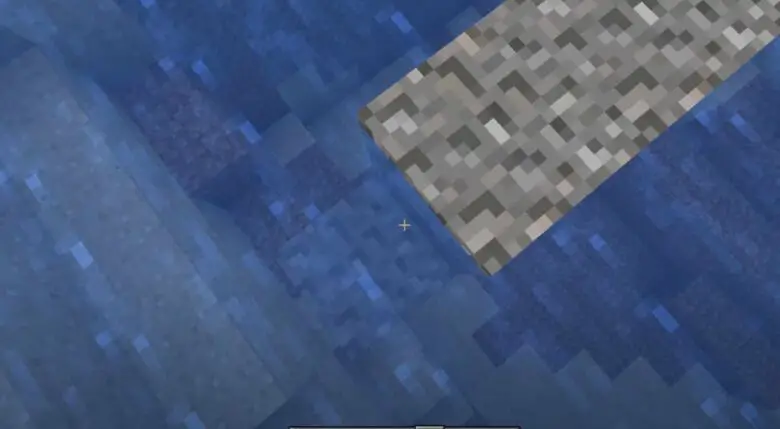

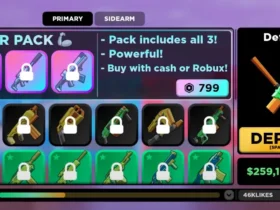

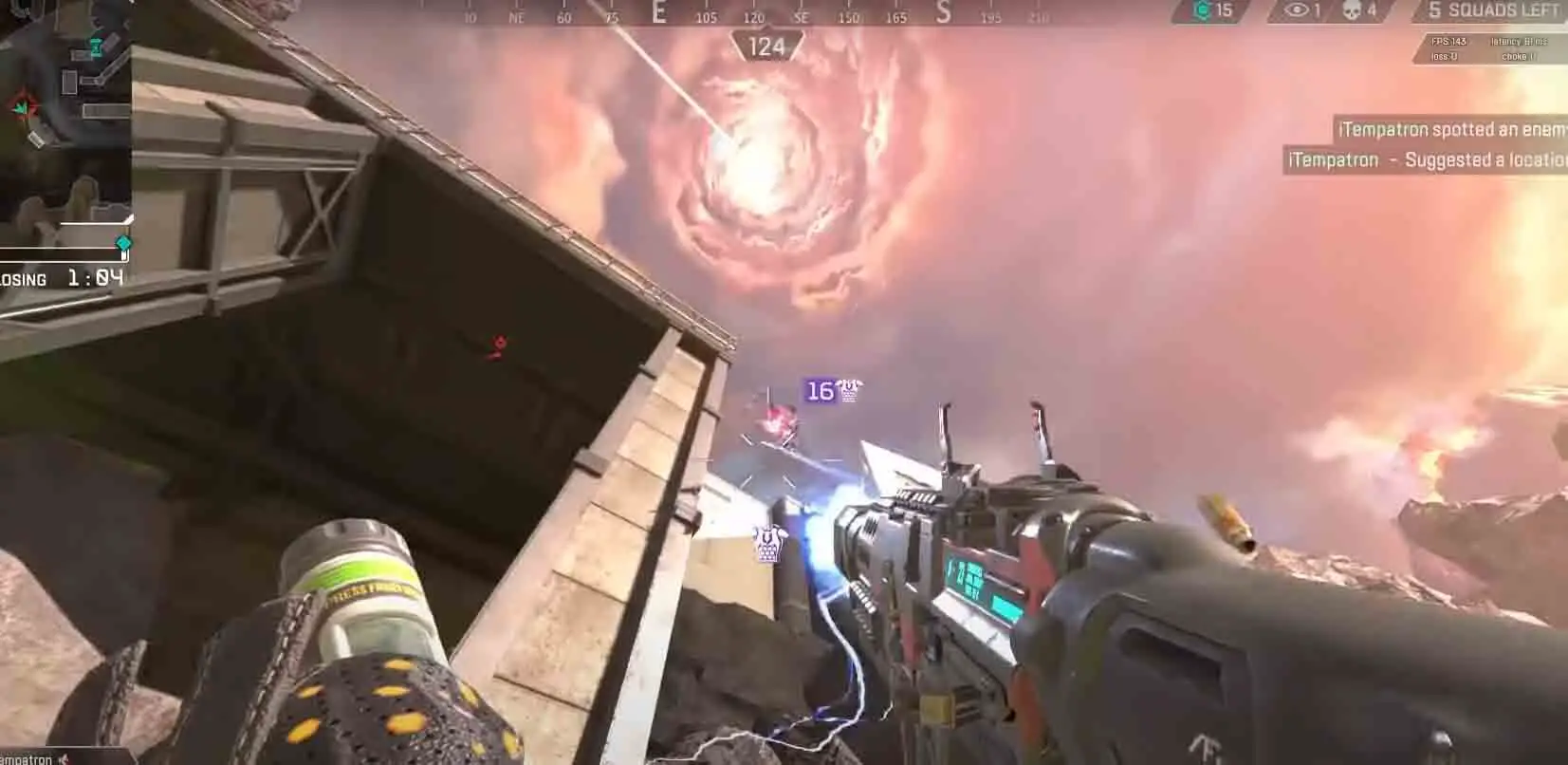
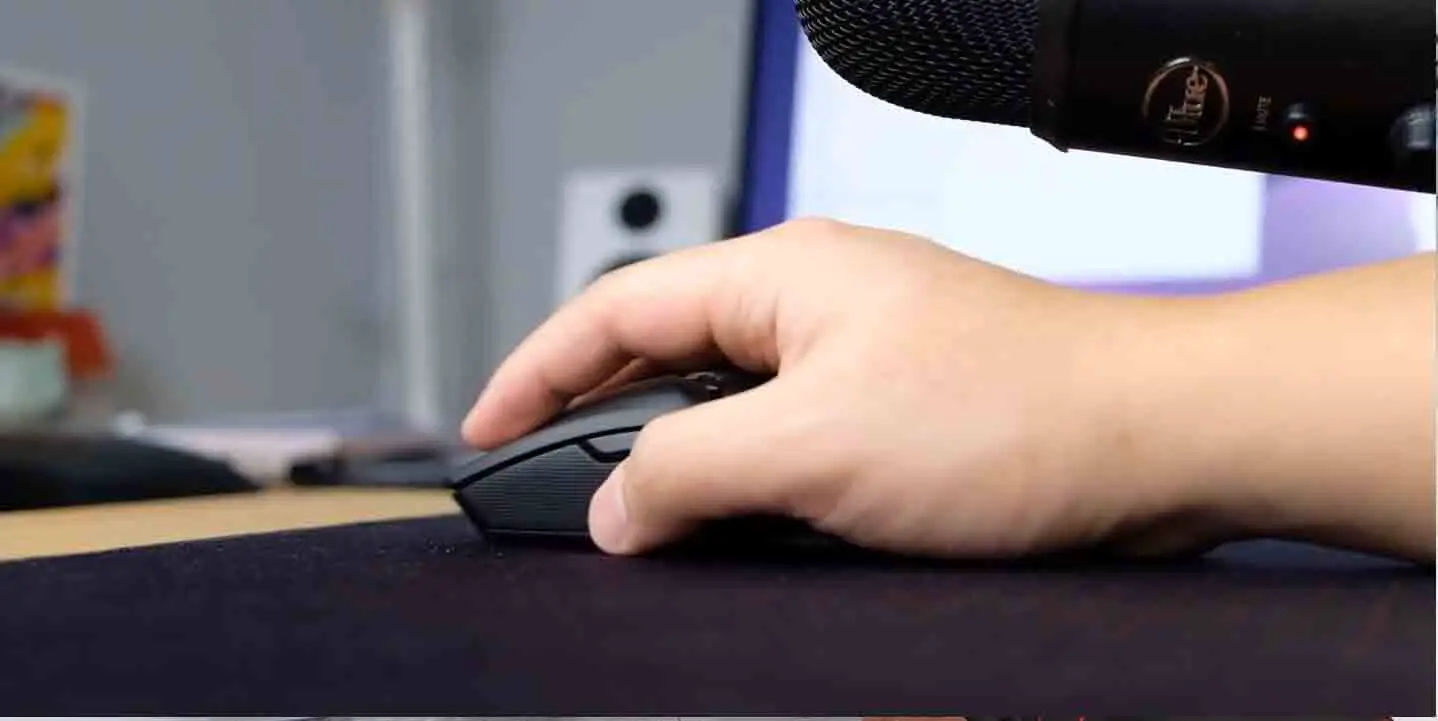
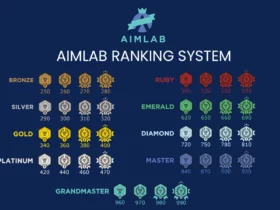
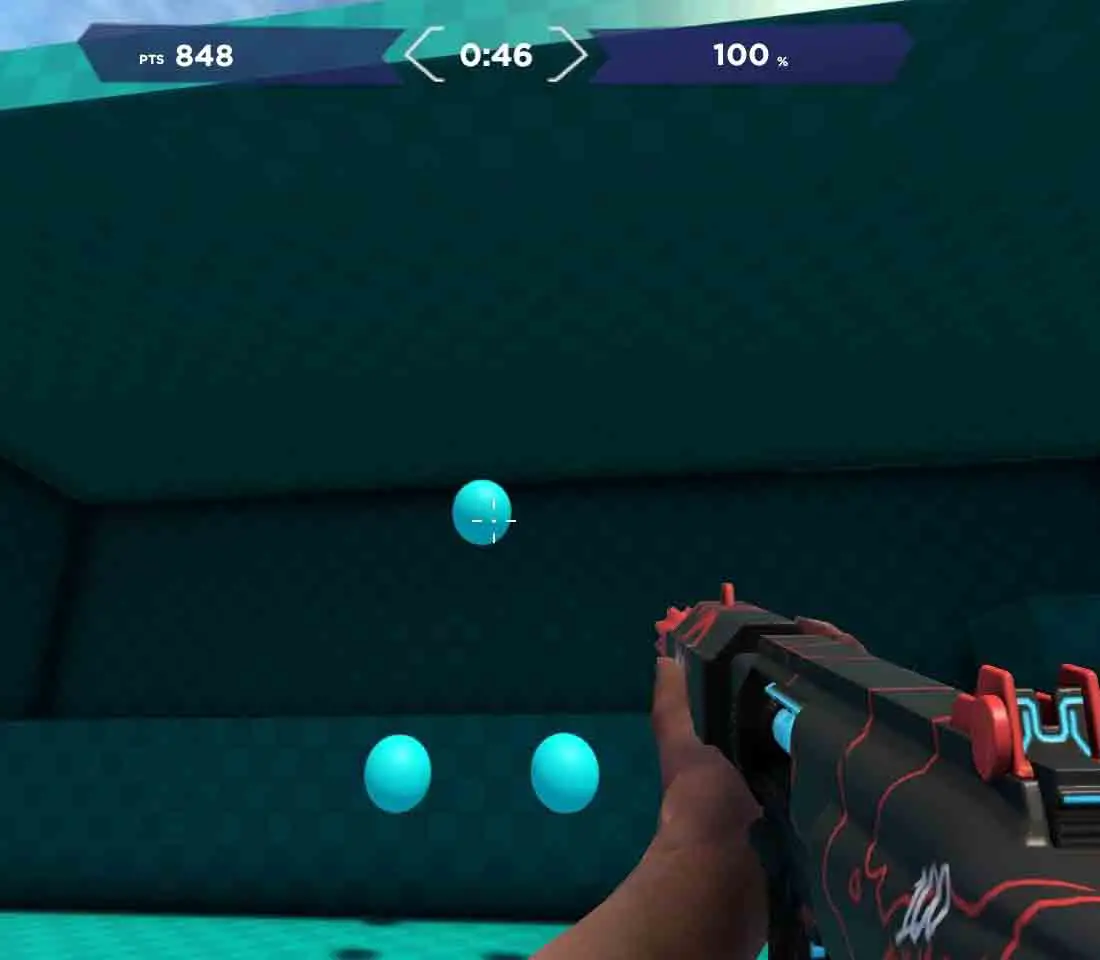
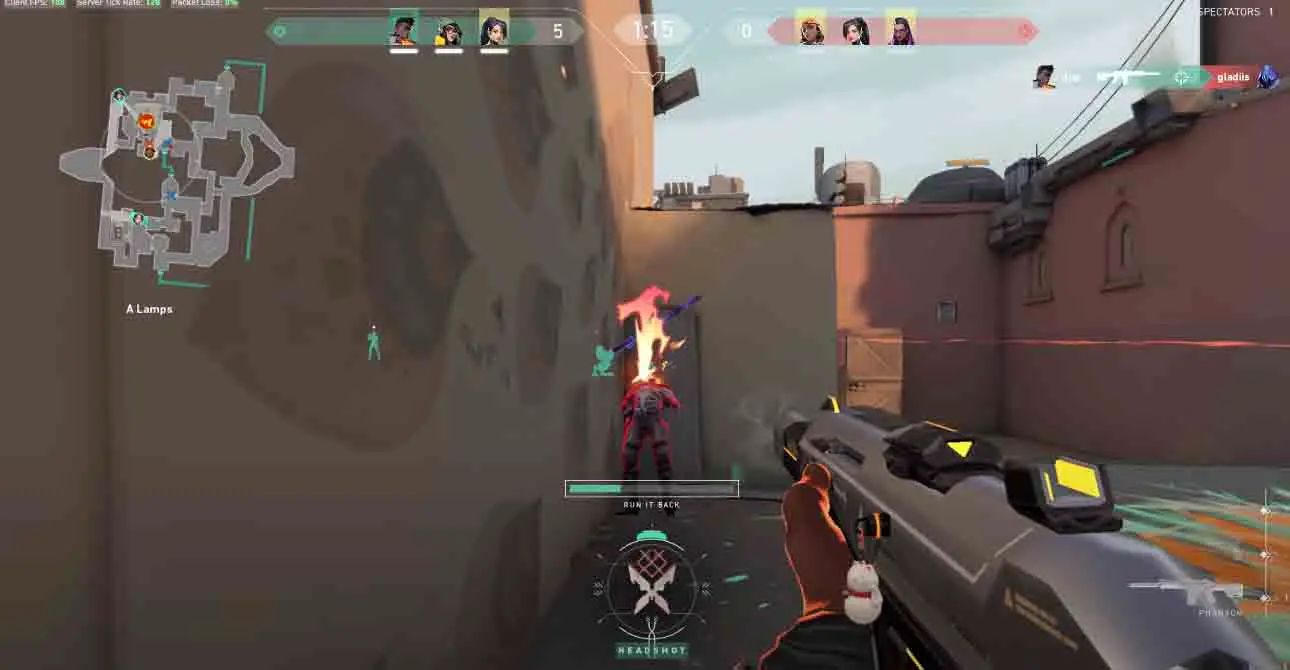


Leave a Reply